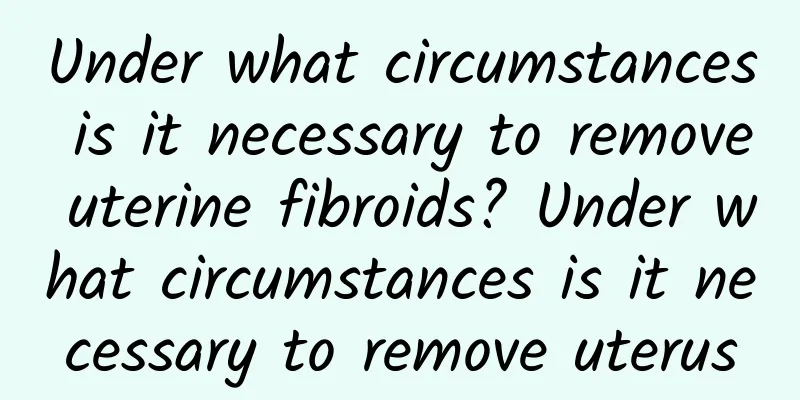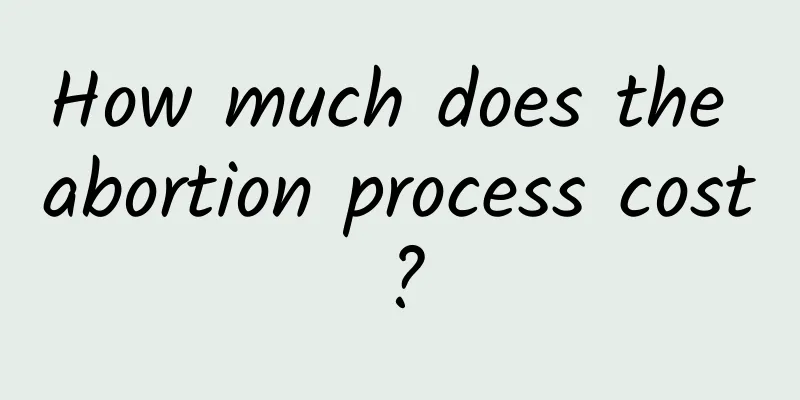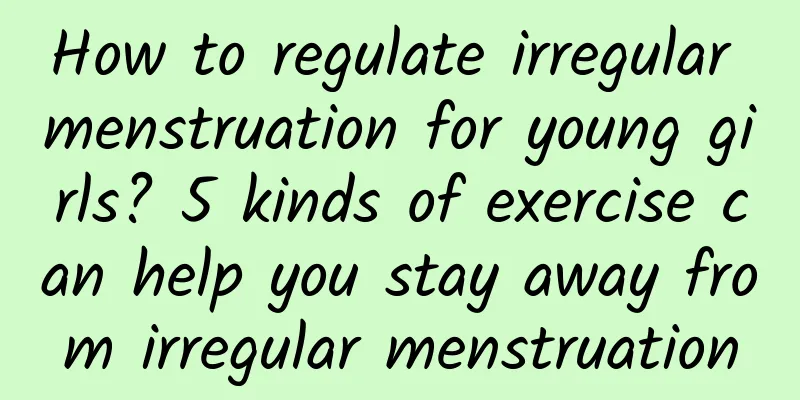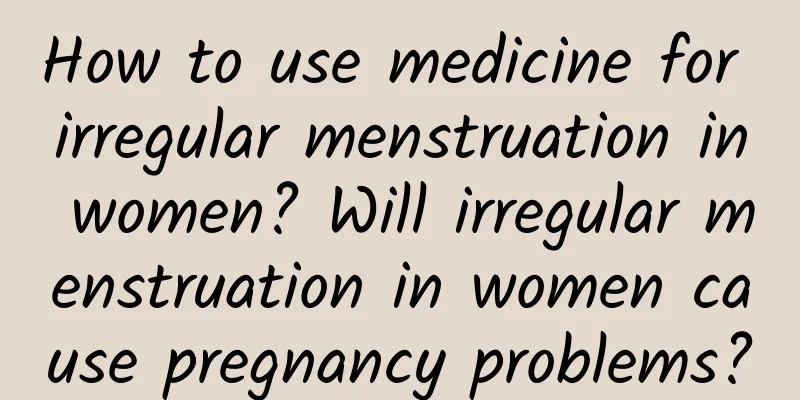What causes uterine fibroid pain? What to do if uterine fibroid pain
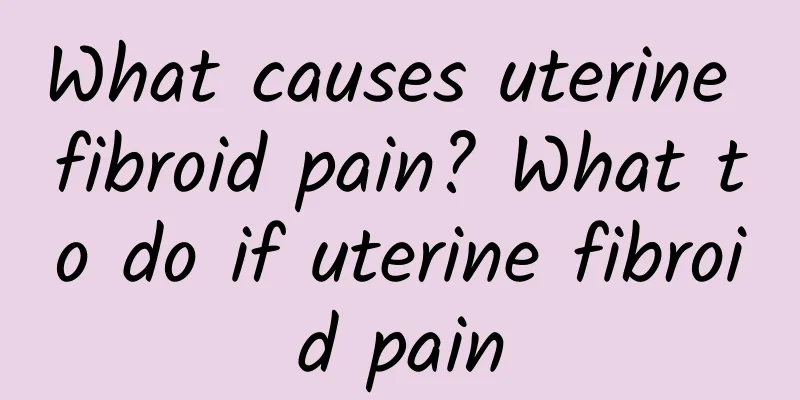
|
What causes uterine fibroid pain? What to do if uterine fibroid pain Uterine fibroids are a common gynecological disease that is caused by the proliferation of smooth muscle cells in the uterine wall. Although uterine fibroids are usually benign, they may cause some discomfort, including pain. Uterine fibroid pain is usually caused by a mass. These masses grow in the uterine wall or uterine cavity and may put pressure on surrounding organs or interfere with uterine contractions. These conditions may cause a painful sensation. In addition, some uterine tumors may distort the structure of the uterus or pelvic cavity, further causing pain. In addition to the lump itself, changes in hormone levels may also affect how painful uterine fibroids feel. Estrogen plays an important role in the growth of uterine fibroids. When estrogen levels rise, the lump may increase in size, causing more pain. During menstruation, estrogen levels drop and pain may decrease. Therefore, some women may feel more pain during or before their period. Symptoms of uterine fibroid pain can vary from woman to woman. Some women may experience only mild discomfort, while others may feel severe abdominal pain. Sometimes, the pain may radiate to the lower abdomen, waist, or pelvis. In some cases, the pain may also cause changes in the menstrual cycle or worsen other symptoms, such as pelvic pressure, frequent urination, constipation, etc. So how to deal with uterine fibroid pain? Women are advised to have regular gynecological examinations to detect uterine fibroids early. Although most uterine fibroids are benign, those with severe symptoms or those that affect their quality of life may need treatment. There are many ways to treat uterine fibroids, including conservative treatment and surgical treatment. Conservative treatment can include medication, such as hormone drugs to regulate hormone levels and control the growth of the mass. Analgesics can also help relieve pain. However, these methods can only temporarily relieve symptoms and cannot cure the mass. For those with more severe symptoms or larger tumors, surgery may be necessary. Surgery can be done to remove the tumor (myomectomy) or to remove the entire uterus (hysterectomy). Surgery usually requires a period of recovery and may affect fertility. Therefore, before deciding whether to have surgery, patients should have a detailed discussion with their doctor to weigh the pros and cons. The pain of uterine fibroids is usually caused by the growth of the mass and changes in hormone levels. The degree of pain and symptoms vary from person to person. Although uterine fibroids are usually benign, those with severe symptoms may need treatment. Both conservative treatment and surgical treatment are possible, but the choice of treatment needs to be determined based on the patient's specific situation and needs. |
Recommend
Is pelvic inflammatory disease contagious to men?
I believe many people know that pelvic inflammato...
Talk about the main causes of clinical ovarian cysts
In life, the high incidence of ovarian cysts has ...
10-minute yoga exercises to reduce buttocks, thin legs and shape your body
Below I will share with you a set of yoga to slim...
The following are things to note after abortion
Many women have unwanted pregnancies due to exces...
Symptoms of cervicitis
Regarding cervicitis, some people think that it i...
Causes of irregular menstruation in women Occupational factors affecting women's menstruation
Many women's issues There are two reasons for...
Can I get pregnant if I have an ovarian cyst? What are the symptoms?
Many female friends are found to have ovarian cys...
Lack of hygiene during menstruation is the main cause of pelvic inflammatory disease
Pelvic inflammatory disease is a common gynecolog...
Which hospital is good for treating congenital absence of vagina?
Where is the best hospital for the treatment of c...
What are the symptoms of endometrial polyps?
What are the symptoms of endometrial polyps? Endo...
What is the difference between medical abortion and surgical abortion? Which one is better?
What is the difference between medical abortion a...
What is the best way to treat uterine fibroids?
Uterine fibroids are a common gynecological disea...
Can vegetarians also cause fatty liver? Key point: Insufficient protein intake
Can a vegetarian diet also cause fatty liver? Thi...
What to do with menopausal dizziness? There are 2 treatments
When you feel dizzy during menopause, you can imp...
What are the good treatments for chronic adnexitis?
Women are very familiar with adnexitis. There are...
